If you’ve knit some of my sock patterns in the past, you’ve probably noticed a consistent trend. Nearly all of them have a textured heel created with slipped stitches.
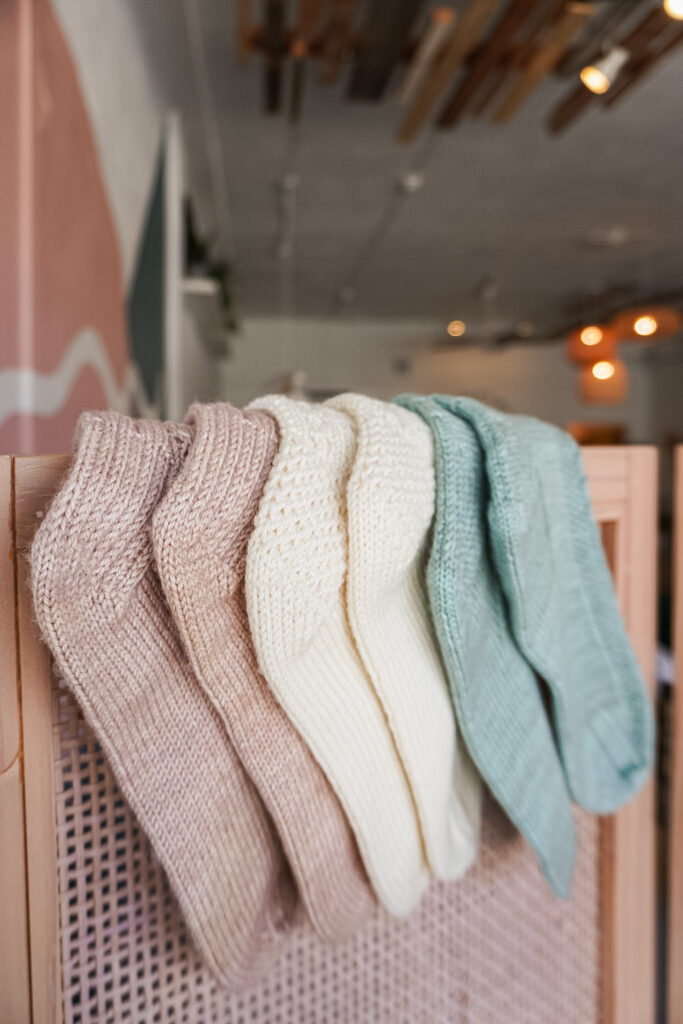
That’s not by accident.
You see, these slipped stitches actually serve several practical purposes. In today’s blog post, we’re going to explore why I use slipped stitches so often. Then we’ll turn to some strategies for when you can’t (or don’t want to) use those stitches in your own sock heels.
Sock Heels Wear Out Quickly
Sock heels are one of the most heavily used and abused parts of our socks. When we take a step, most of us hit the ground first with our heels. That means the heels are bearing the brunt of our full body weight with every step, along with the resulting friction from the ground beneath us and the shoes we’re wearing.
When we knit sock heels using just plain stockinette stitch, each of those stitches exists in a single layer of fabric. They all take the same amount of friction and wear. As a result, although stockinette is beautifully smooth, it can wear through quickly and lead to holes.
With slipped stitch textures, the wear and tear is distributed differently. The slipped stitches create a second layer of yarn in the heel. This means that one layer of the sock heel gets friction on the outside of the sock (where it rubs against the shoe or the ground) and the other layer of the heel gets friction on the inside (where it rubs against your foot).
You can see that extra cushioning in the columns of slipped stitches and the Eye of Partridge heels I use so often. Take a look at the photo below.
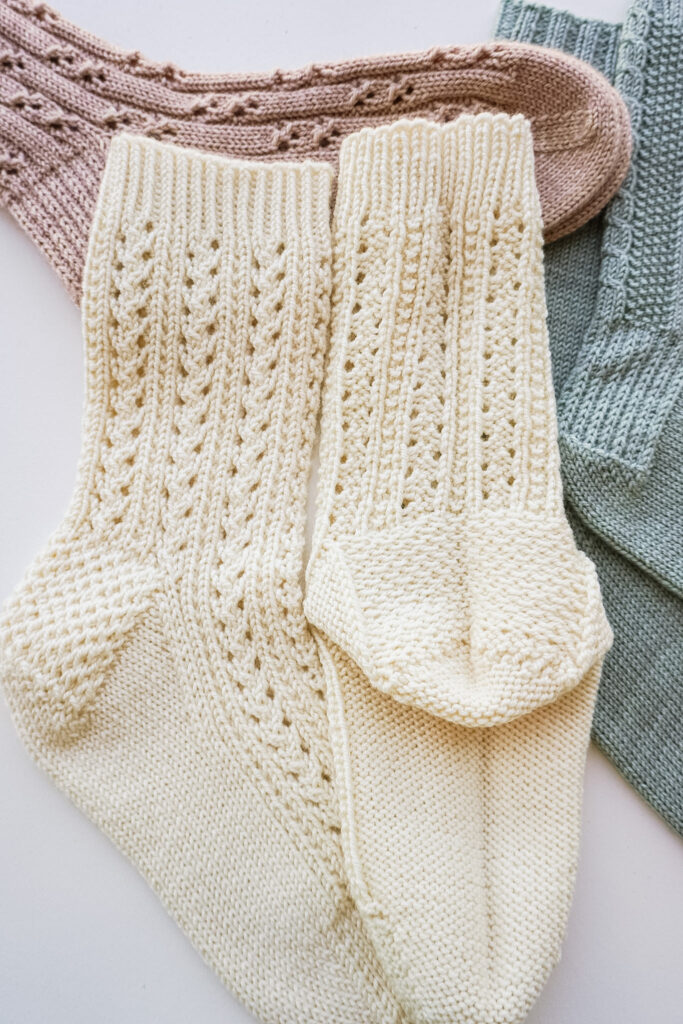
Textured Heels Give More Flexibility in Fit
Stockinette stitch is already fairly stretchy compared to some other stitches. A heel constructed with slipped stitches, though, has even more elasticity. This improved elasticity allows it to mold to individual heel shapes where plain stockinette might be more likely to sag.
A heel flap with textured stitches can stretch comfortably around lots of different heel shapes. As a result, it’ll be more likely to fit a wider variety of wearers. This can be extra appealing if you are knitting a gift for somebody or are designing patterns for others to make.
The elastic structure created by the slipped stitches is also more dense, which adds stability to the sock heel. Some heel constructions, like the various heel flap varieties, benefit from that added stability. Their vertical panels hold up better with a little more support.
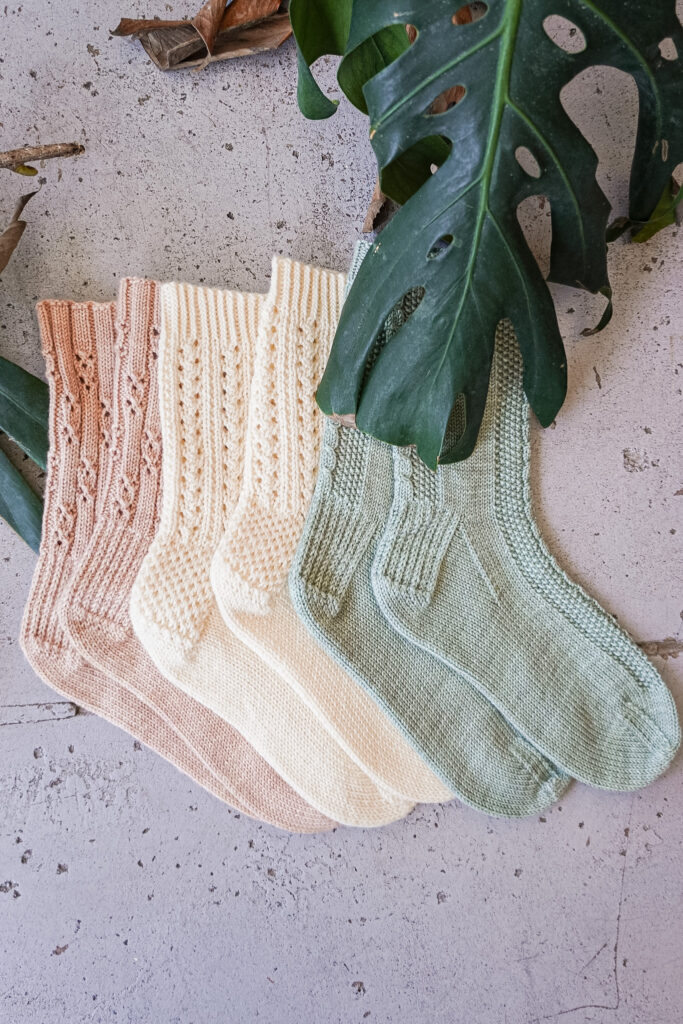
Texture Provides Comfort and Cushioning
The slipped stitches aren’t just useful for fit and durability, though. They also can make a sock more comfortable.
See, the single layer of stockinette stitch is no thicker than the rest of the sock. If you’re prone to blisters or plan to be walking a lot in your socks, the slipped stitches make the fabric thicker at the exact point where you could use a little extra cushioning.
Think of it like a soft little pillow for your heel to snuggle into.
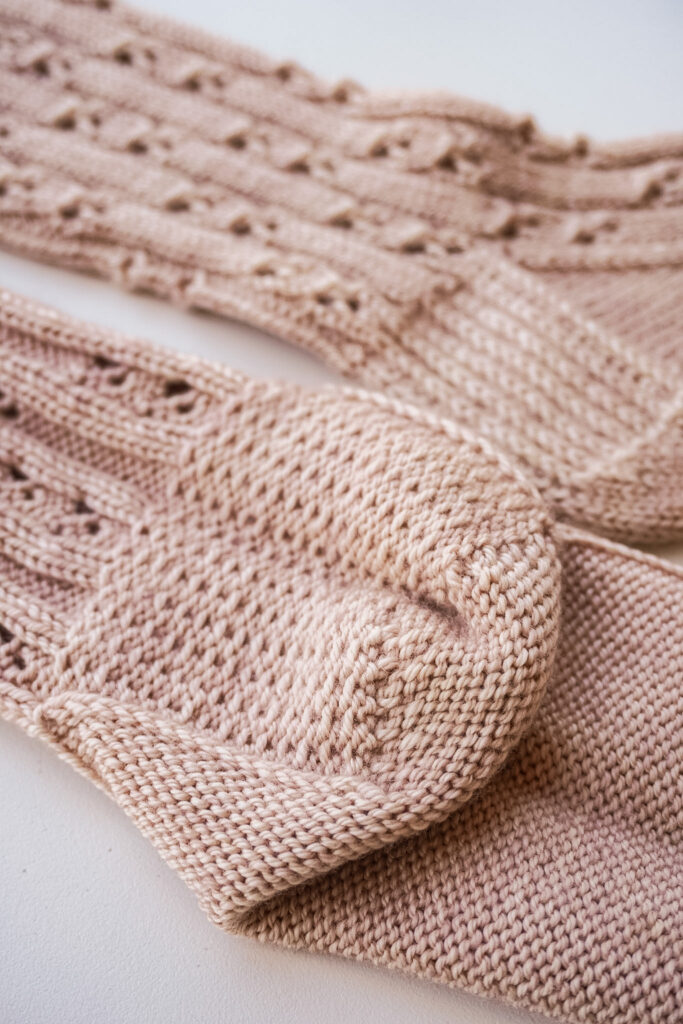
Textured Heels Are Visually Interesting
Of course, we don’t just knit our socks for practical reasons. One of the reasons I love knitting socks is that I can make them look unlike anything available in stores.
Lace, cables, and other textural details just look different in handknit socks. When we have control over our making process, we can choose to make every part of our finished object beautiful.
And the textured heel? Oh, it’s a thing of beauty. The way an Eye of Partridge heel pops in a tonal yarn makes my heart sing.
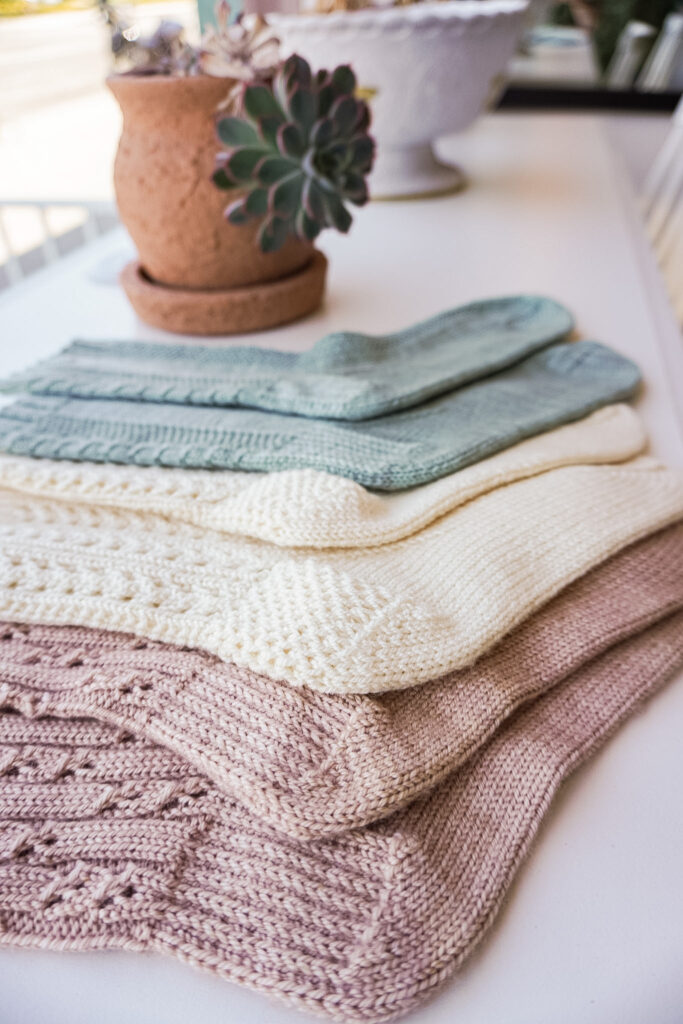
When You Might Choose to Use Stockinette Heels Anyway
Now, this isn’t to say that you can never and should never use a plain stockinette heel on your socks. There are some situations where that will work out just fine.
For example, if you’re knitting a sock that’s not meant for heavy wear, it doesn’t really matter whether the heel has been reinforced. It’s not going to get much friction against it. In that case, stockinette won’t be a drawback.
If you’re using a thick yarn, like a worsted-weight yarn for a winter sock meant to be worn inside boots, a plain stockinette heel will also probably work out okay. While the finer fingering-weight yarn is more likely to wear through, the thicker yarns are more durable just by their nature.
In socks where you’ve got some other reinforcement element, like a strand of silk or mohair held double with the yarn, that other reinforcement will do some of the work the slipped heels would have done otherwise.
Finally, there are some heel constructions where adding texture is more challenging. If you’re working a short-row heel, you may find that the addition of texture along with the short rows is just too much of a jumble. In that case, just make sure your heels are knit at a tight gauge to add as much durability as possible.
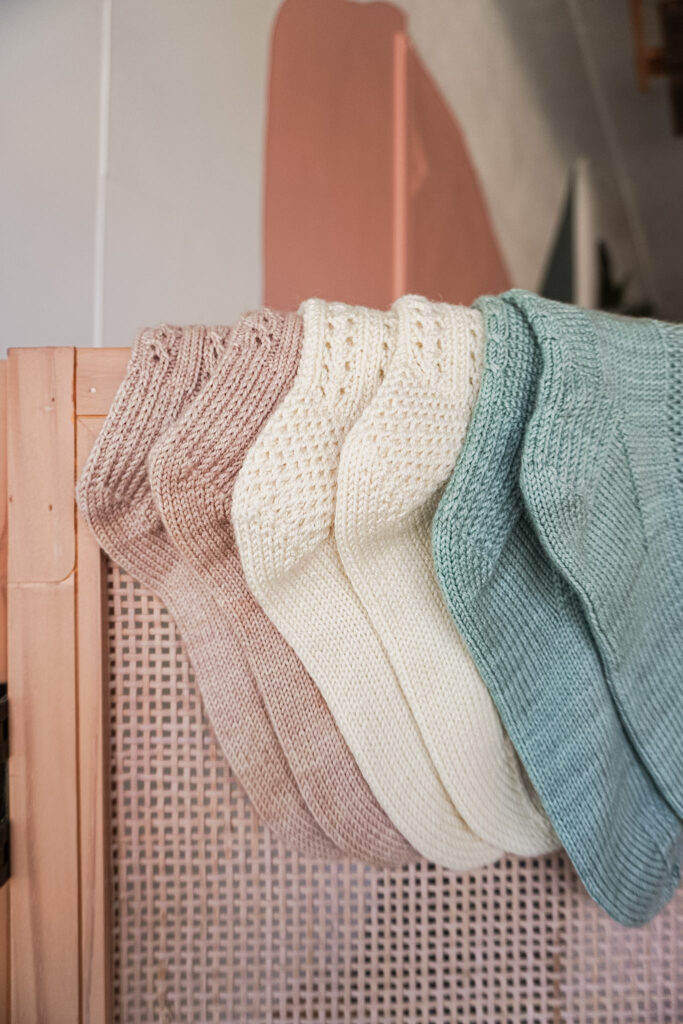
A Quick Note About Darning
While darning is an important tool in any knitter’s toolkit, there’s a reason we have the old saying “an ounce of prevention is worth a pound of cure.” Once a hole starts, it can grow quickly. Even once mended, that hole will often continue to be a weak spot.
So rather than set ourselves up for more work down the line by knitting socks that will wear through more quickly, I think it’s wise to see what we can do from the outset to minimize the mending we’ll have to do.

Conclusion
Remember, the heel construction you choose is only one part of the puzzle. To truly improve the durability of your socks, you also need to think about your gauge, the fiber content of your yarn, and the construction of the yarn.
If you have an especially tight gauge or a particularly durable yarn construction, you’ll be more likely to have a durable heel even if you skip the texture. If you have a more delicate fiber content or knit at a looser gauge, you should consider even more strongly the ways you can add reinforcement with texture.
And ultimately, as with so many things in knitting, experimentation is key! You’ll probably want to try several different heel shapes and textures while you’re working to find the combination that best suits your preferences.
Let’s stay connected!
Join my newsletter for 30% off all new releases, regular updates with helpful tips and tricks, first crack at registration for upcoming workshops, exclusive discounts, and more.
Prefer to read without ads? Join my Patreon, which starts at just $1 a month!
Join the A Bee In The Bonnet Facebook Group to participate in knitalongs and other fun community events
Come hang out with me on the A Bee In The Bonnet TikTok
Follow along on the A Bee In The Bonnet Instagram
Get inspired via the A Bee In The Bonnet Pinterest

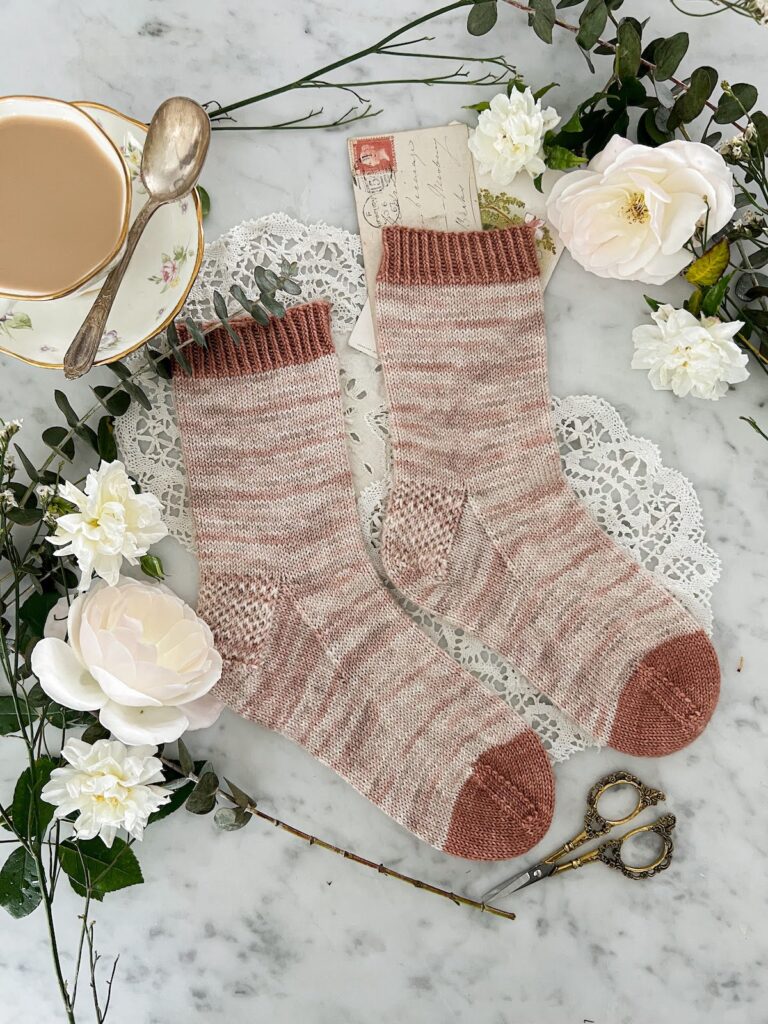
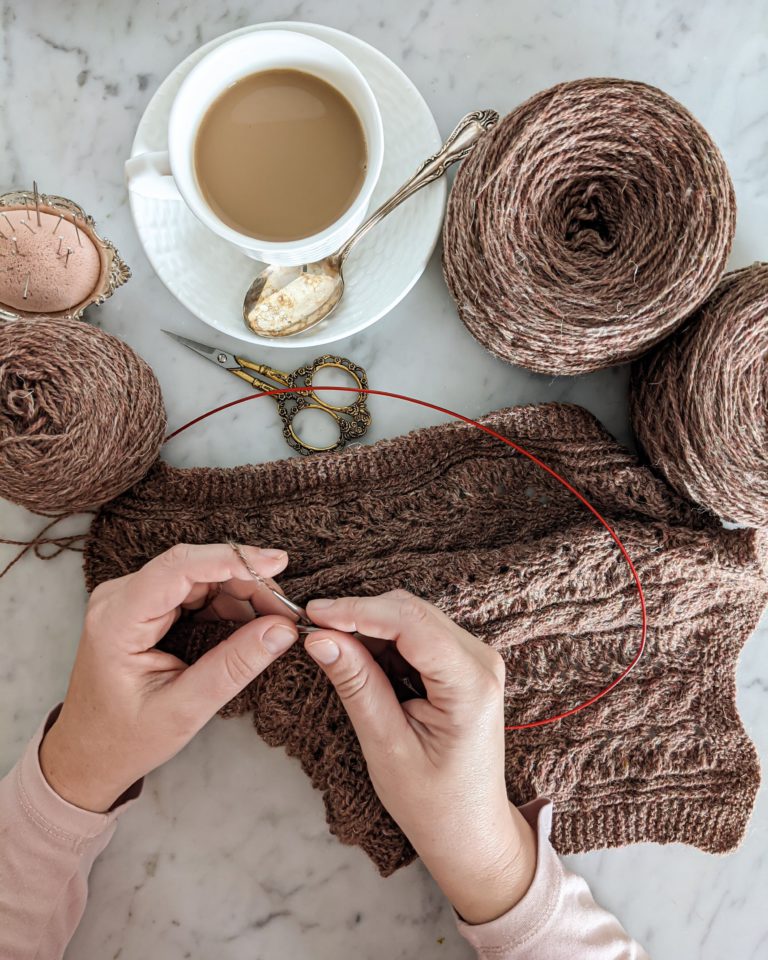
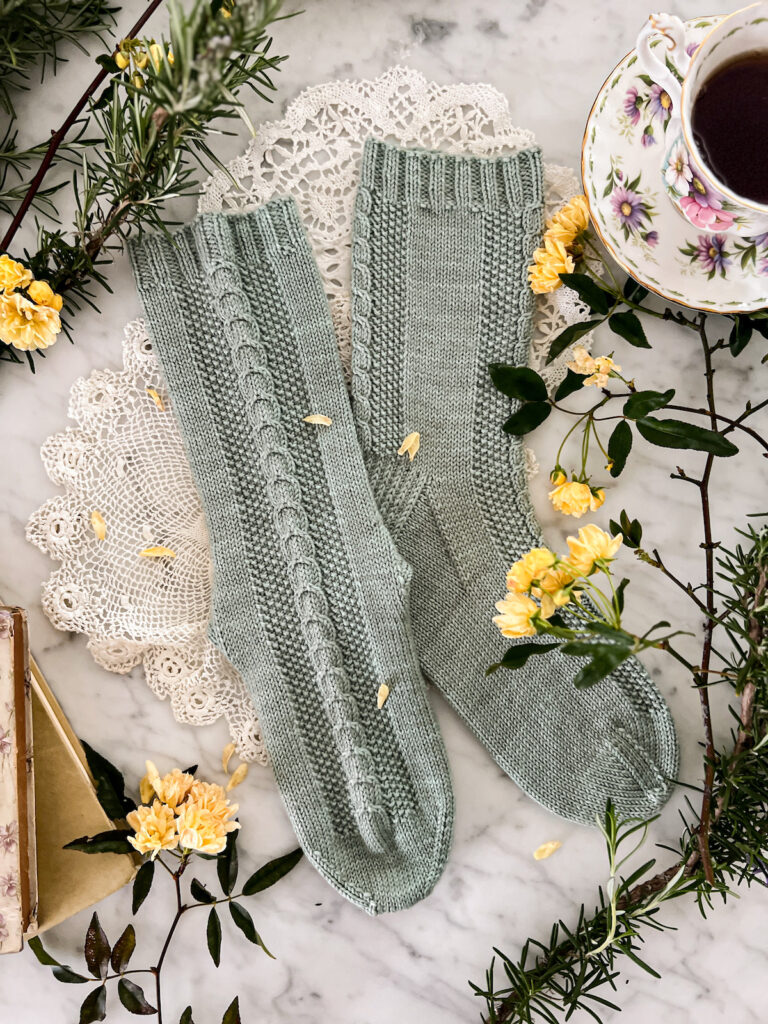
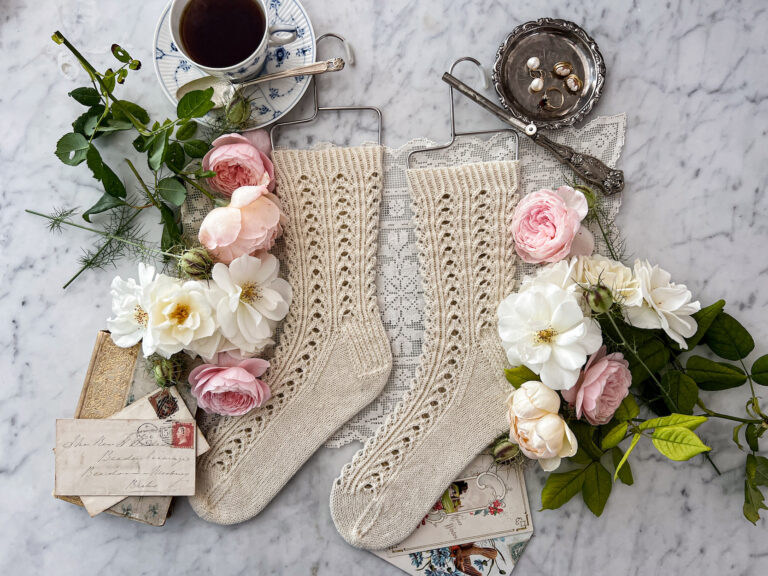

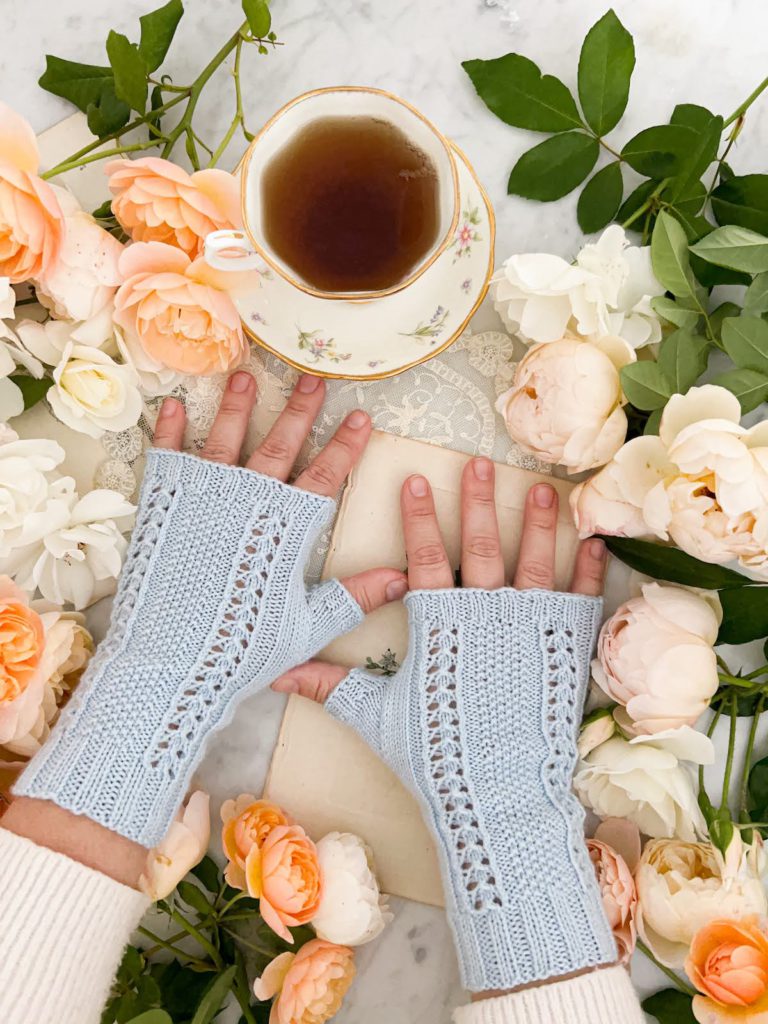
Hi Lauren,
I love your blogs!! They always hit a point that I’ve been pondering 🙂
I found the sock heel article particularly interesting because I didn’t realize I’ve inadvertently been using texture all along…based on the pattern I always use. I was wondering though…what about toes? I find that is also a weak point in a sock. What are your thoughts ?
That can also be a great spot to use texture for reinforcement! You’d have to experiment a bit because the gauge will change, but this can be a good way to make the sock toes more durable.
Thank your for explaining it in such a cozy way. It was a great read.
You’re too sweet, friend! Thanks for the encouragement.